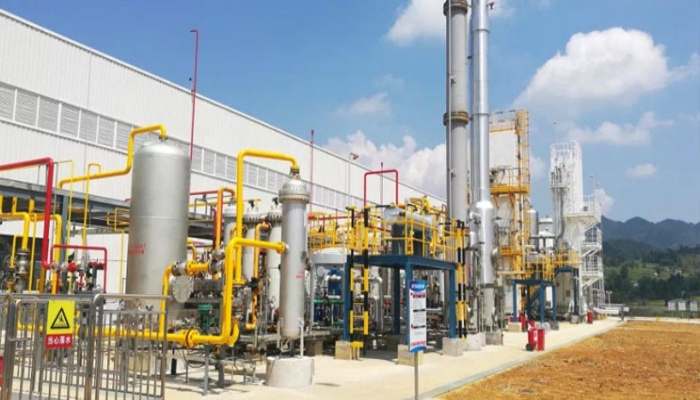LAHORE: Lahore Central Business District Development Authority (LCBDDA) also known as Central Business District (CBD) Punjab receives a US $700 million investment proposal from an engineering giant, Techno Engineering Services (TES), to build Pakistan’s first liquefied natural gas (LNG) based power plant.
The captive LNG-based power plant is an embedded generation of uninterrupted power supply for Pakistan’s most anticipated business hub.
The engineering firm tends to install a 150 MW LNG plant that will use the “waste heat recovery” process by reusing heat energy.
CBD Punjab has always backed cost-effective and eco-friendly initiatives and the LNG power plant fulfills the theme of its eco-friendly approach.
LNG is considered to be the cleanest fueling source which doesn’t emit soot, dust, or fumes and produces an insignificant amount of sulfur dioxide making it very environment friendly.
Read more: Market guru
LCBDDA Chief Executive Officer (CEO) Imran Amin stated, “Our aim is to provide best possible eco-friendly utilities to residents across CBD Punjab. Acquiring investment proposal from renowned engineering firms like TES is laudable. It is evidently visible that CBD Punjab has paved the road to enlist Pakistan in first-world countries.”
He added that CBD Punjab is dynamic in contributing to the country’s economic growth. Keeping insight into the deteriorating air index, these eco-friendly utilities are a step towards a greener and breathable Punjab’ CEO said.
Read more: Pakistan lacks technology to store renewable energy
The canvas of CBD Punjab is massive which will be colored by skyscrapers, ultra-high-rise buildings, and architectural masterpieces. Considering the weather conditions of Lahore, District Cooling System (DCS) is also proposed in the proposal.
According to the National Electric Power Regulatory Authority’s (Nepra) 2020 yearly report, Pakistan’s total installed power generation capacity is 38,700MW, whereas renewables contribute only 4 per cent, while 57 per cent of the energy comes from thermal fossil fuels, 31 per cent from hydro, and 8 per cent from nuclear.



















